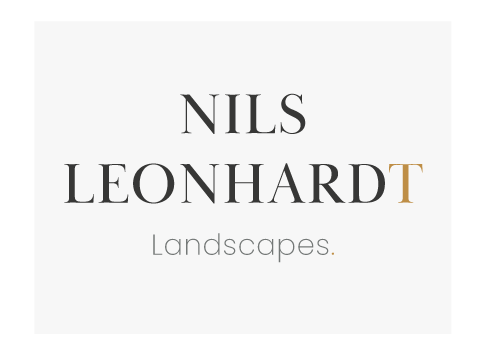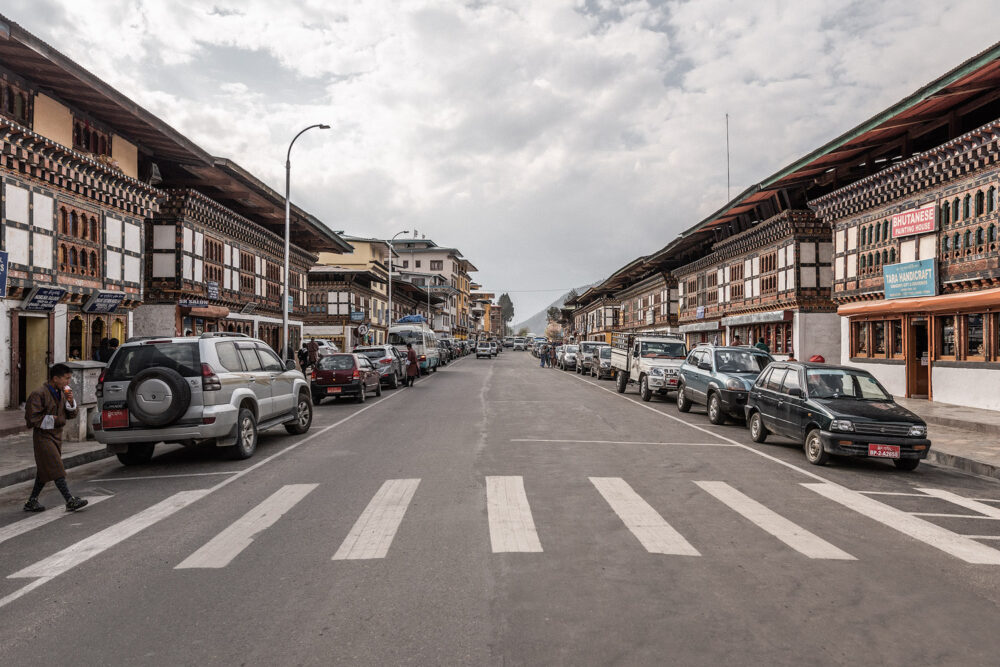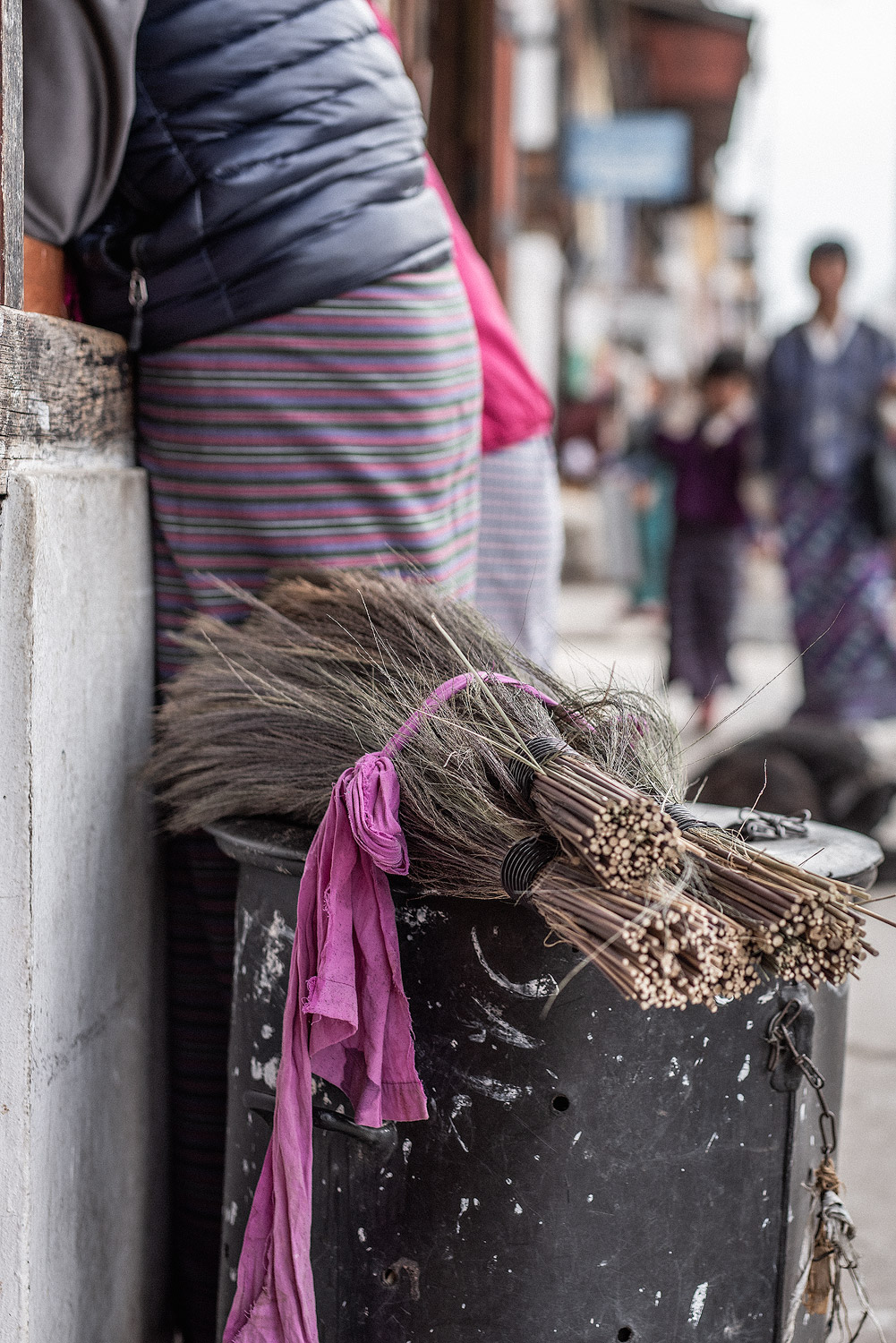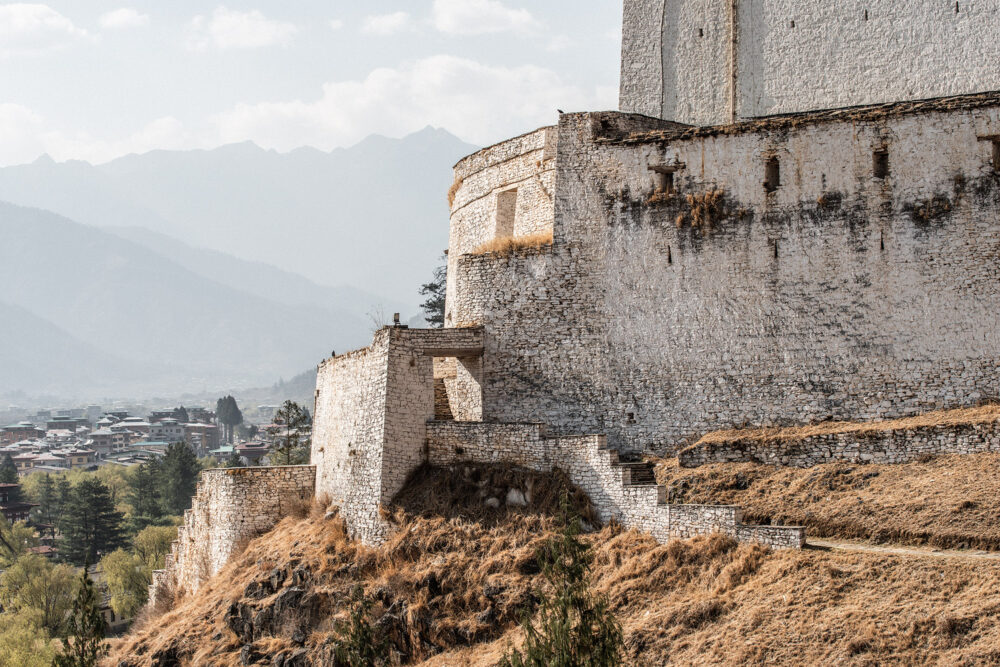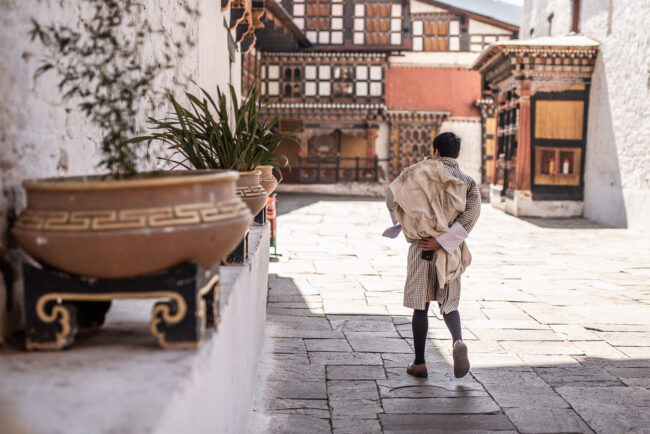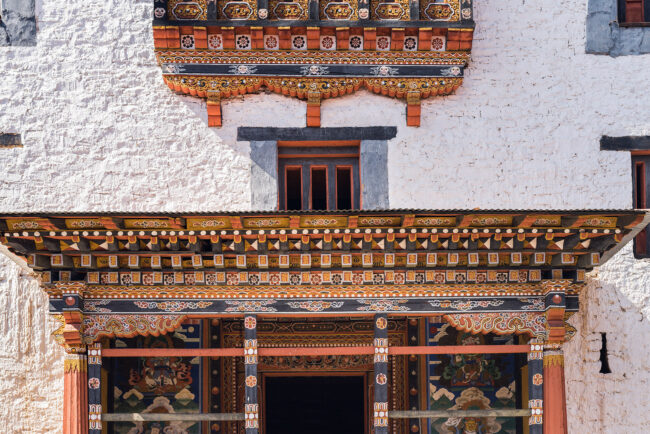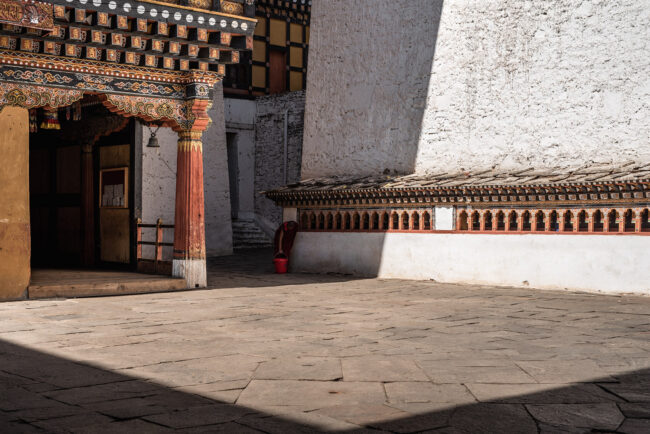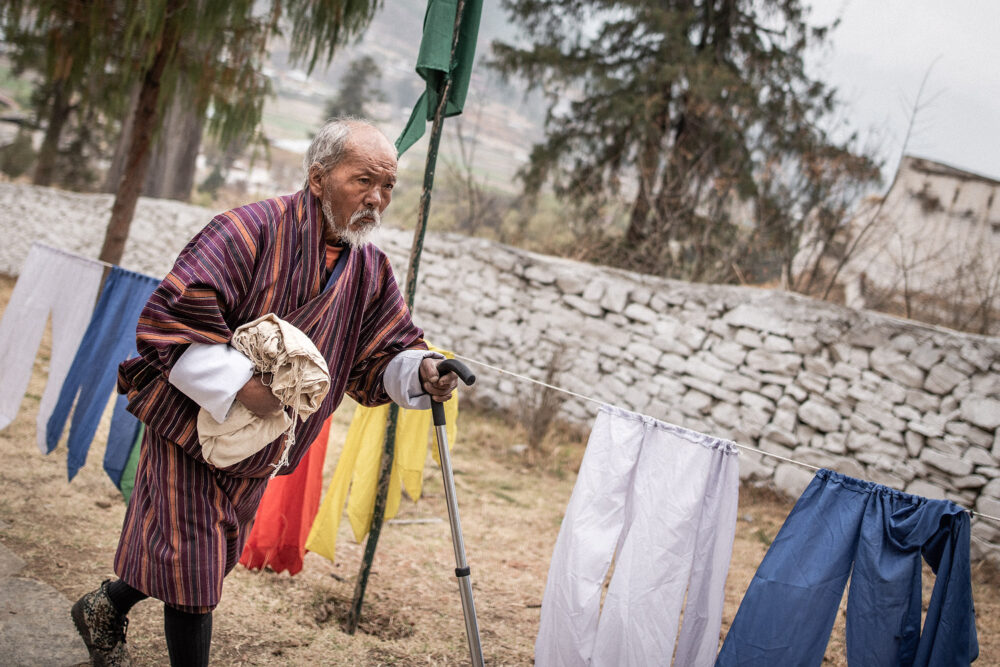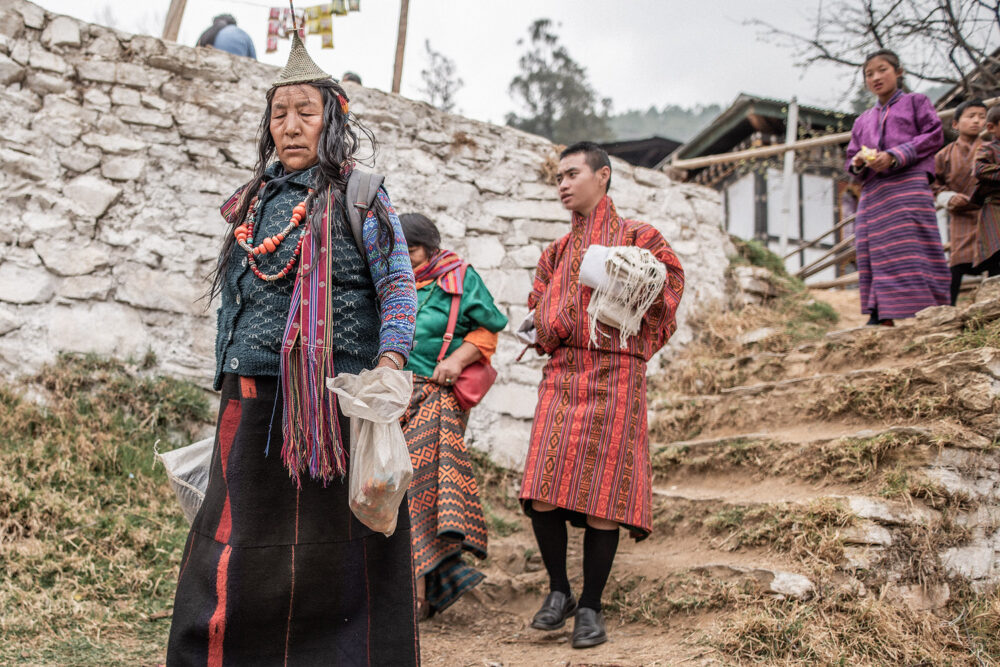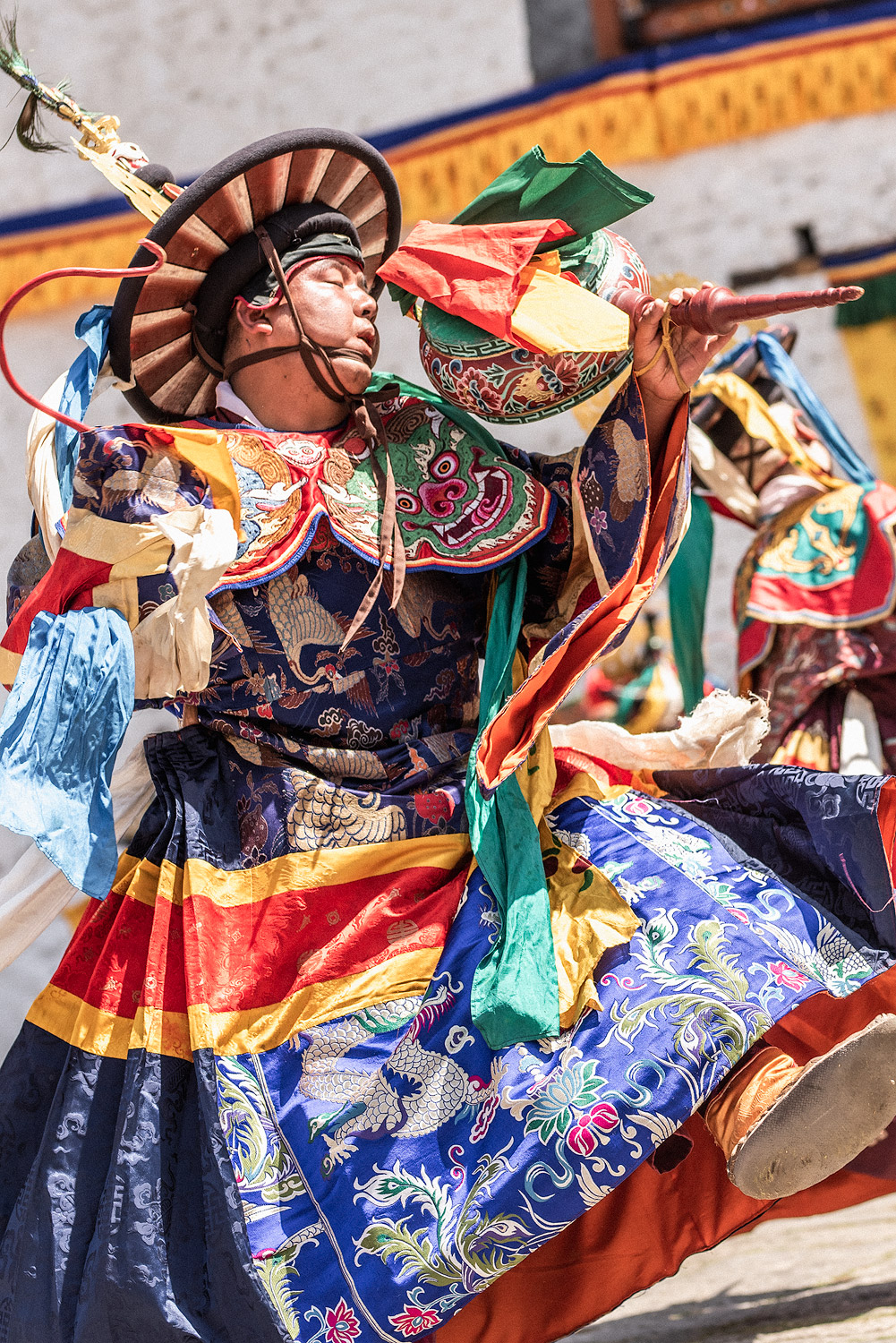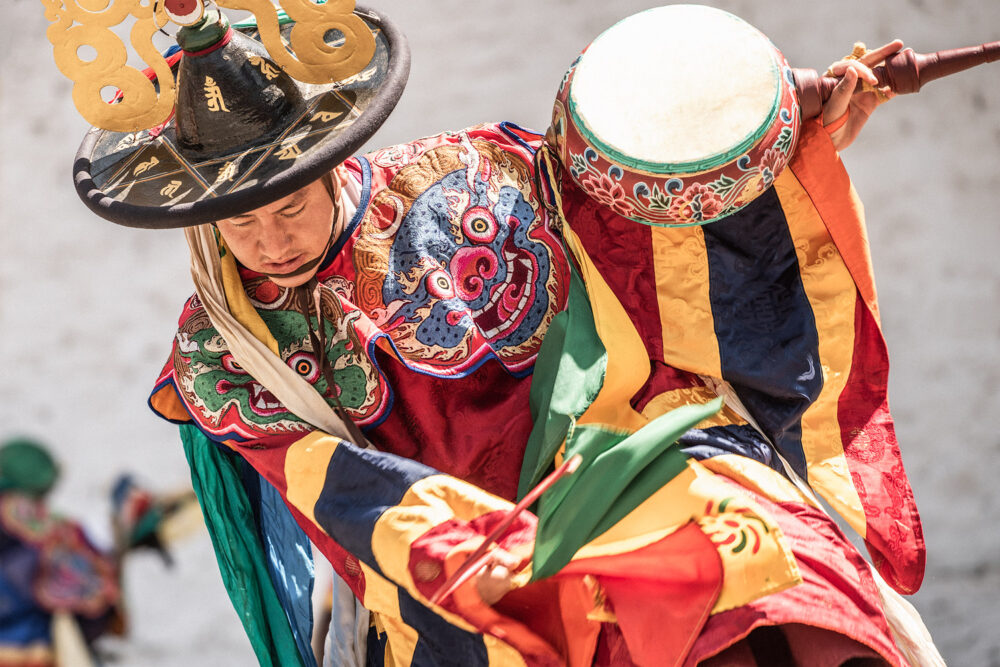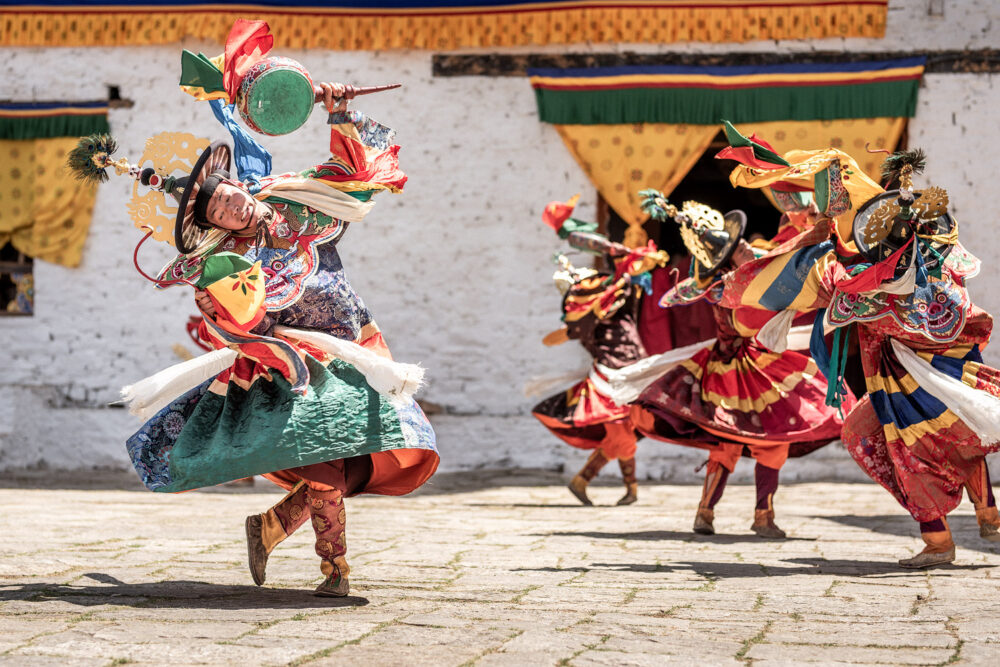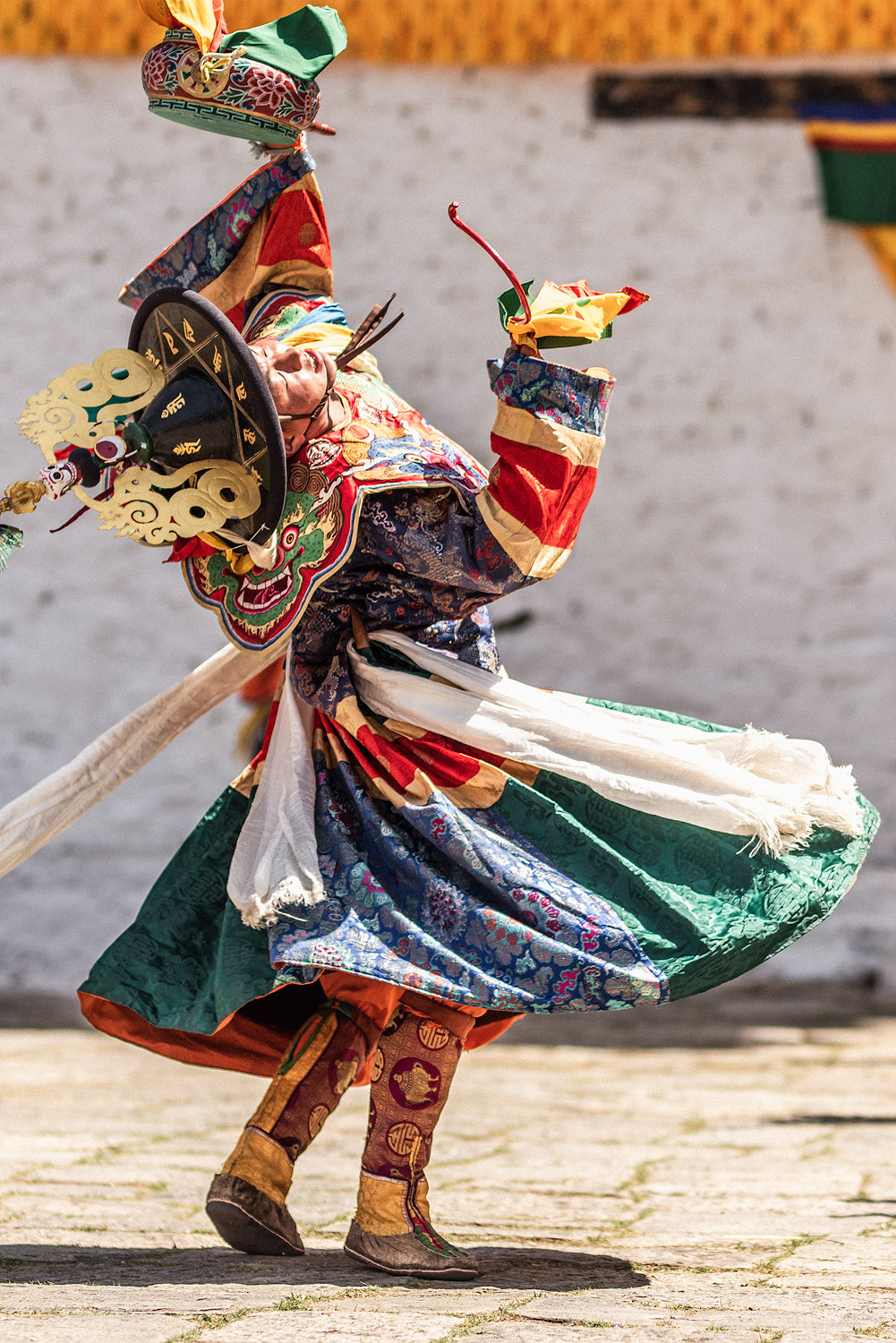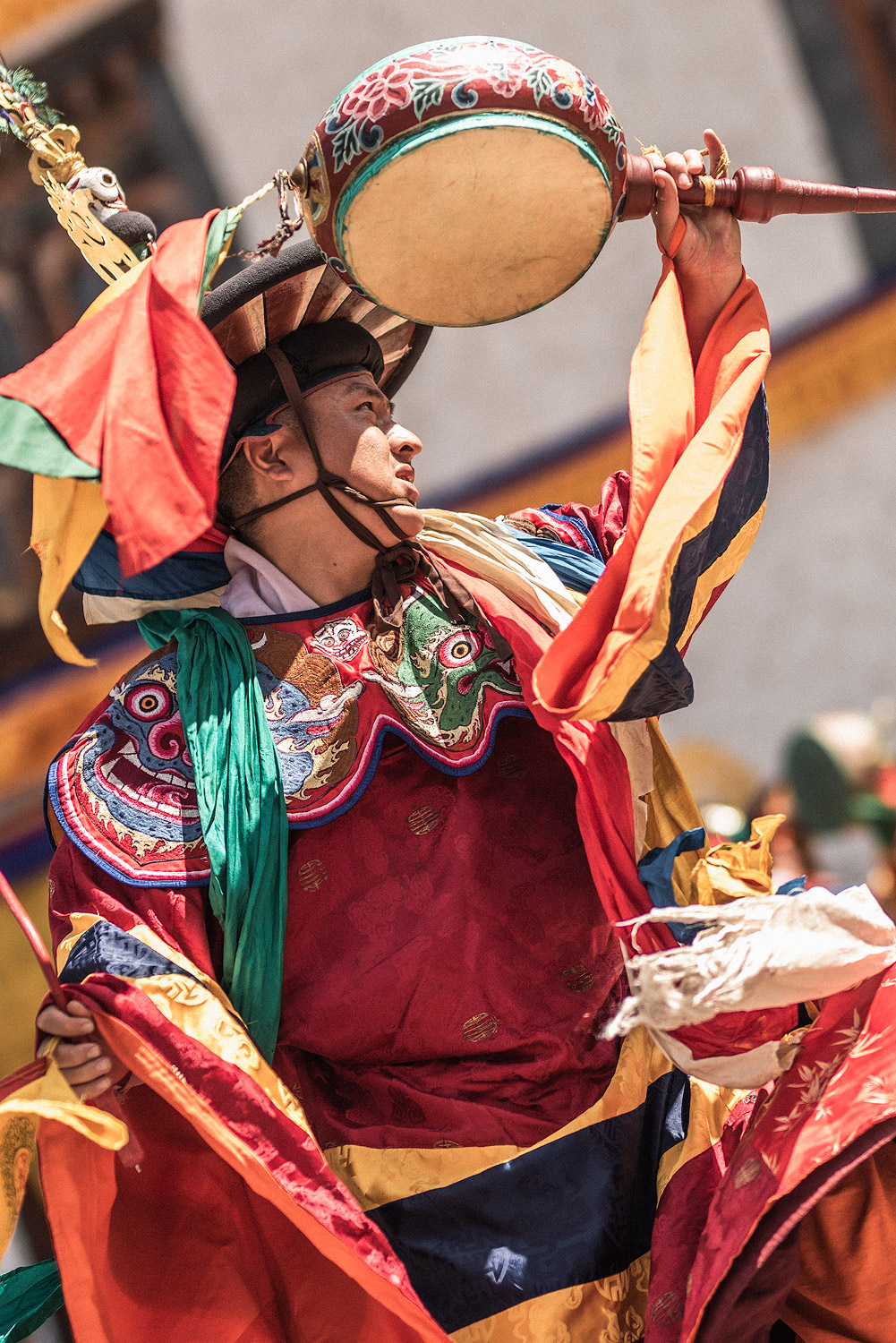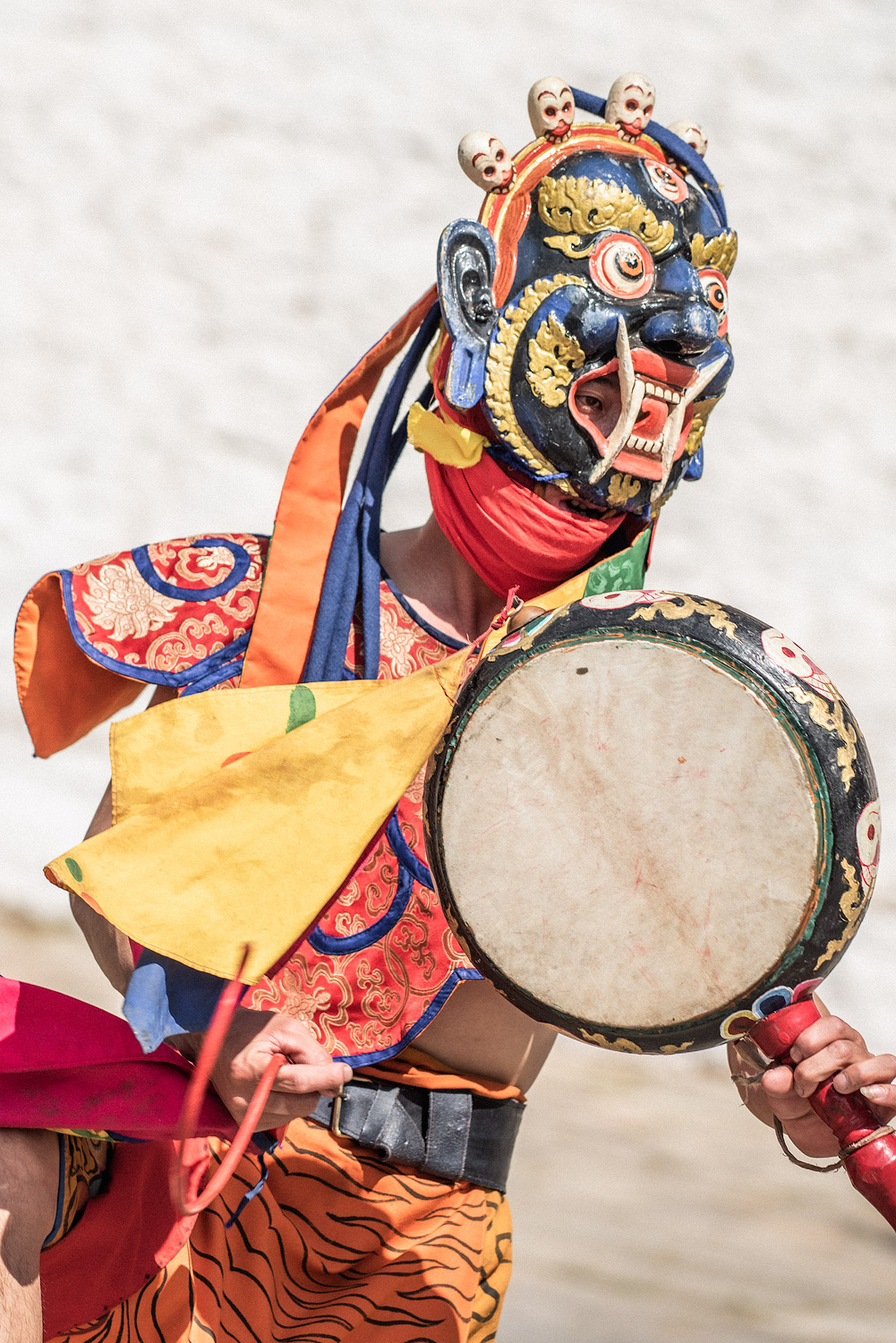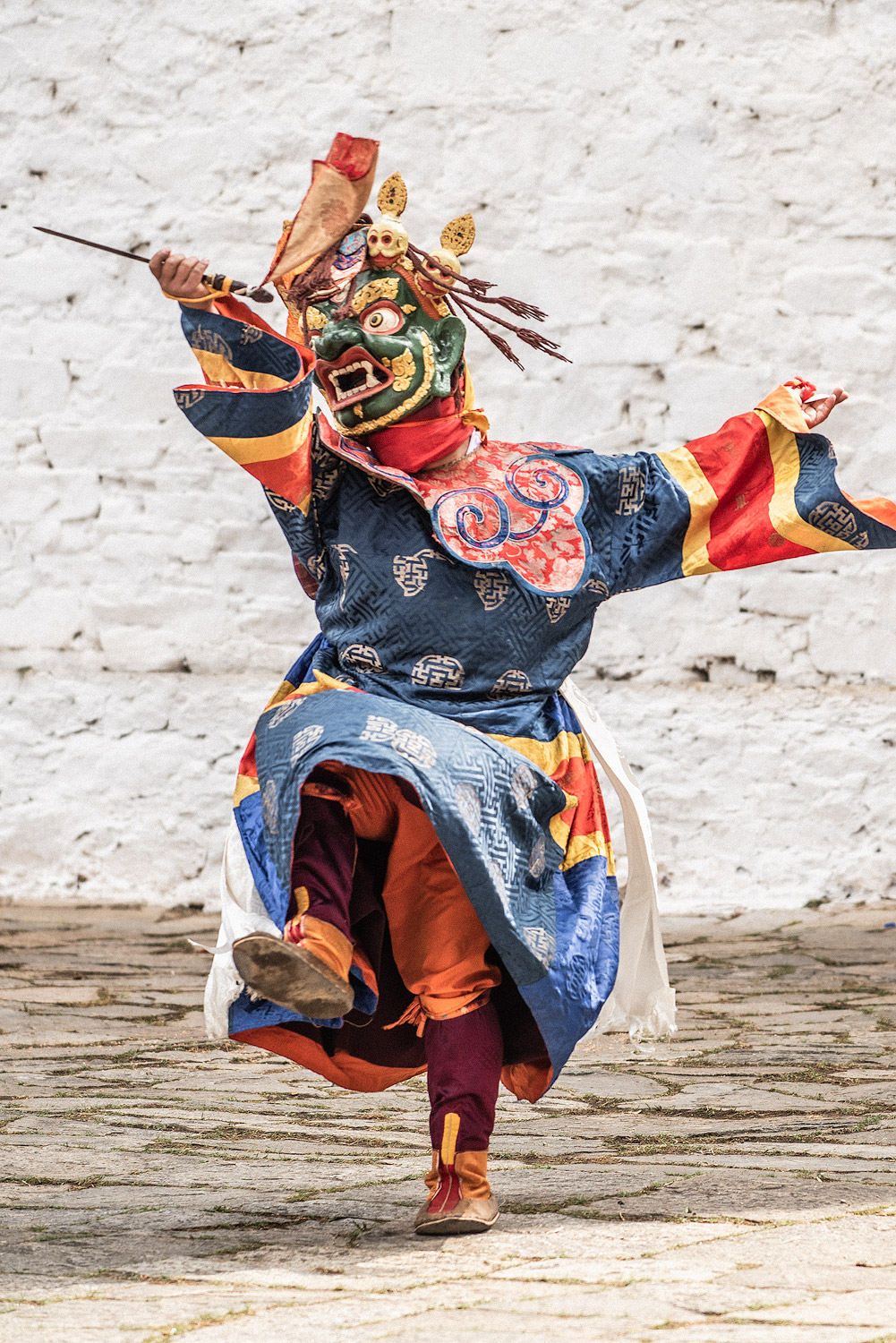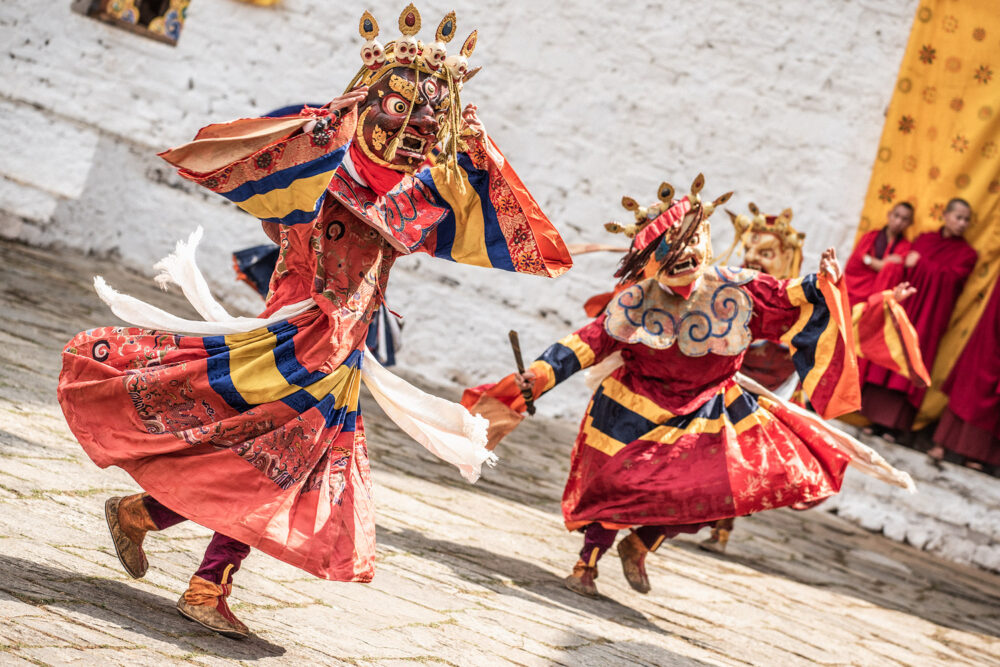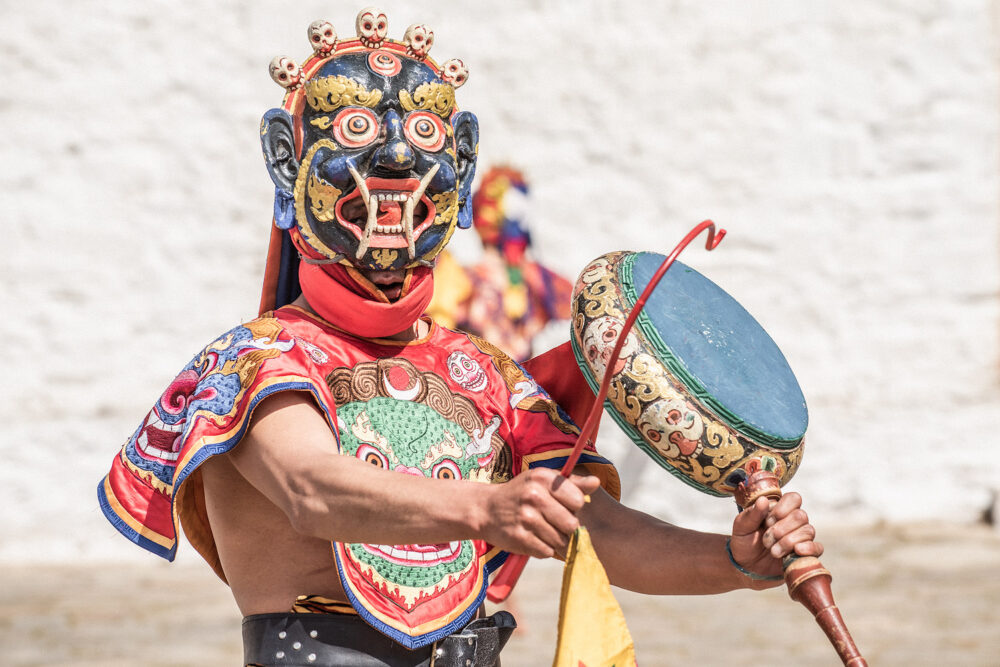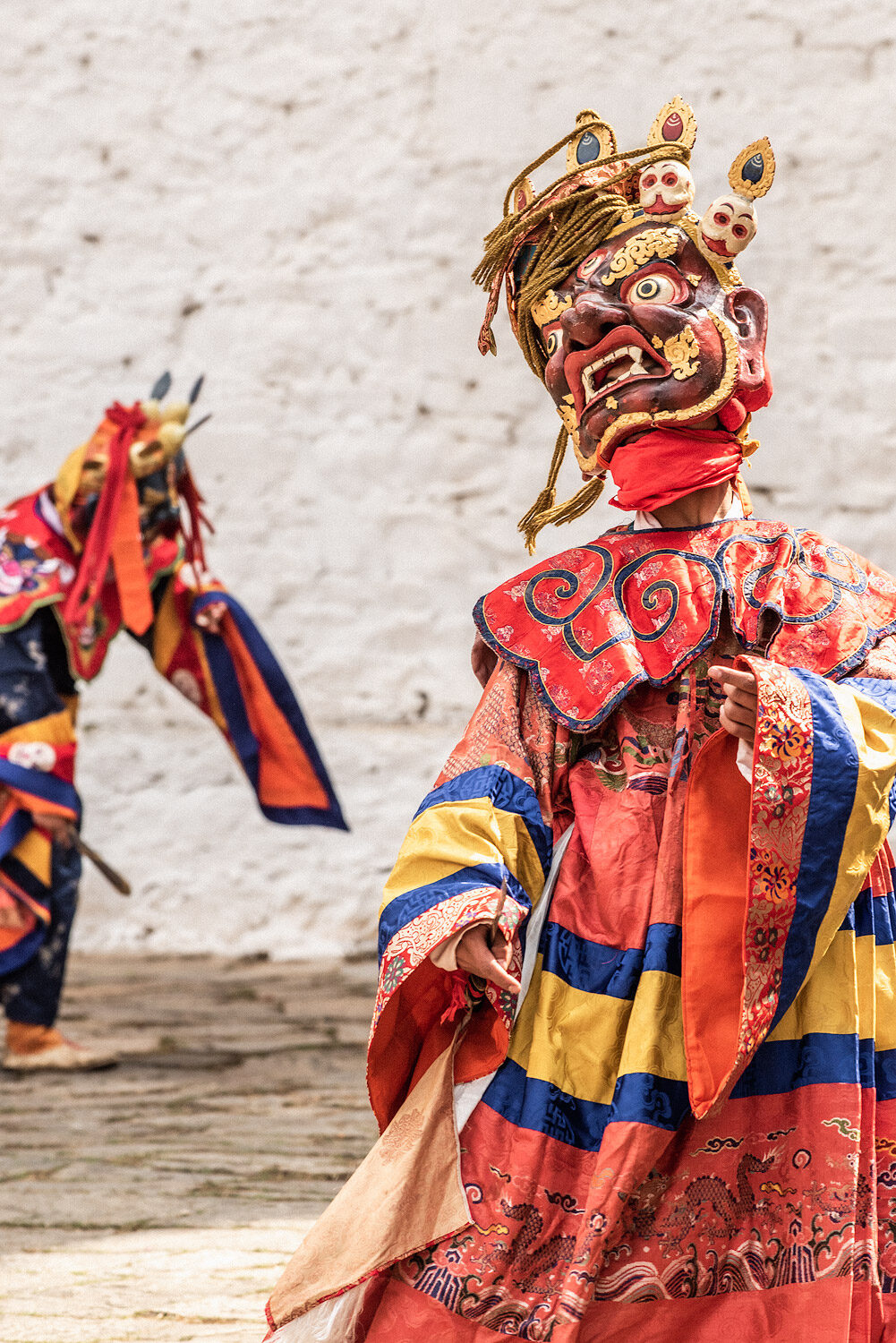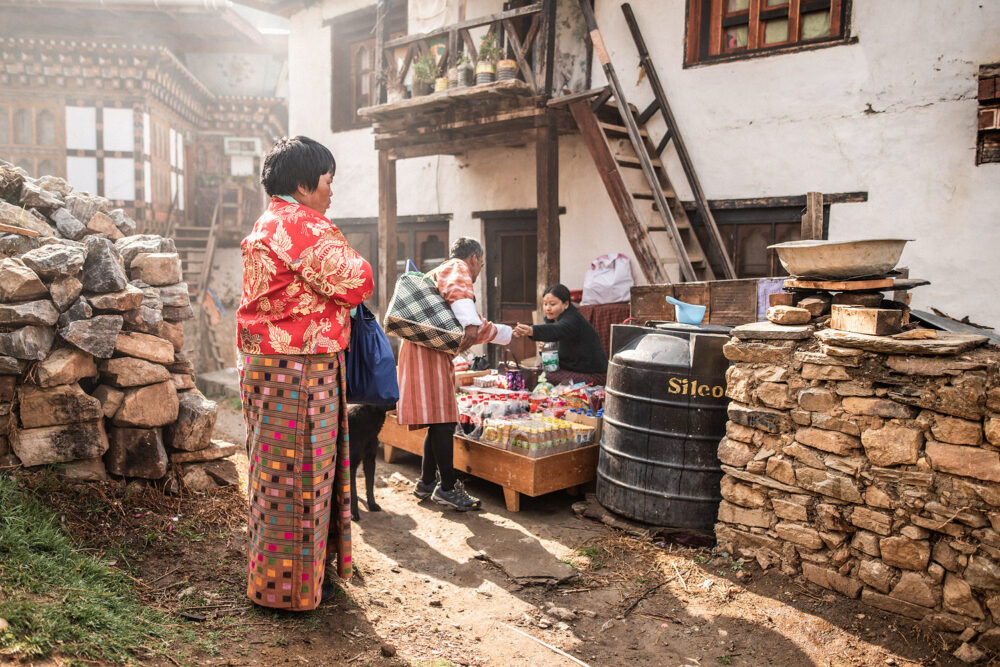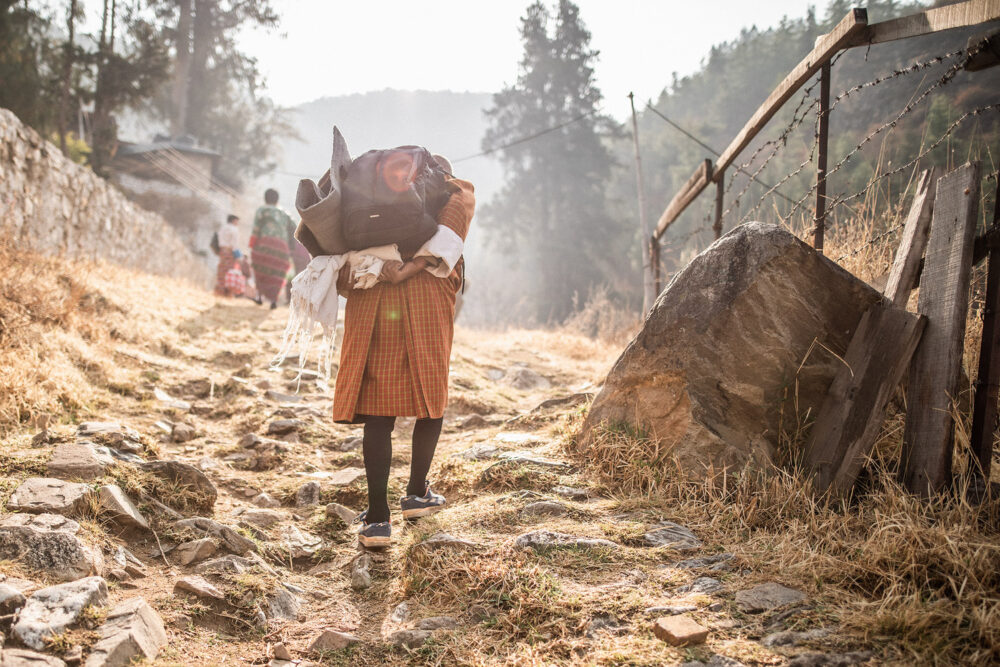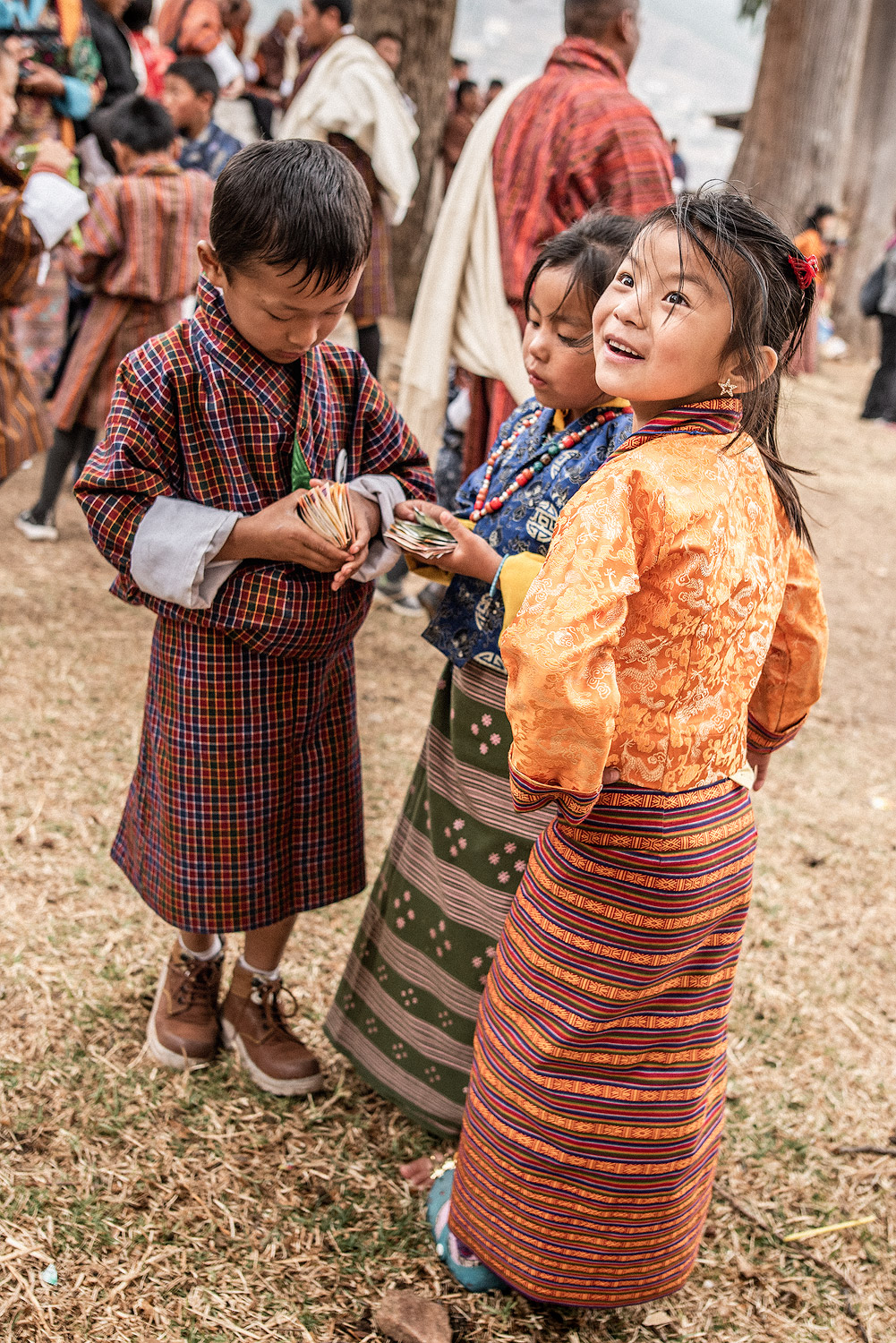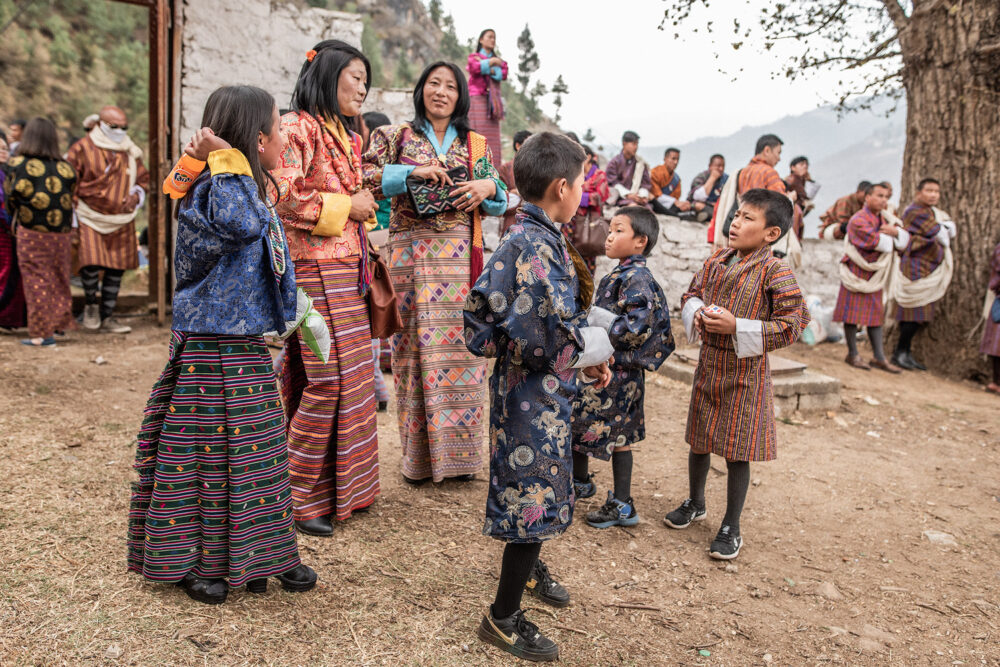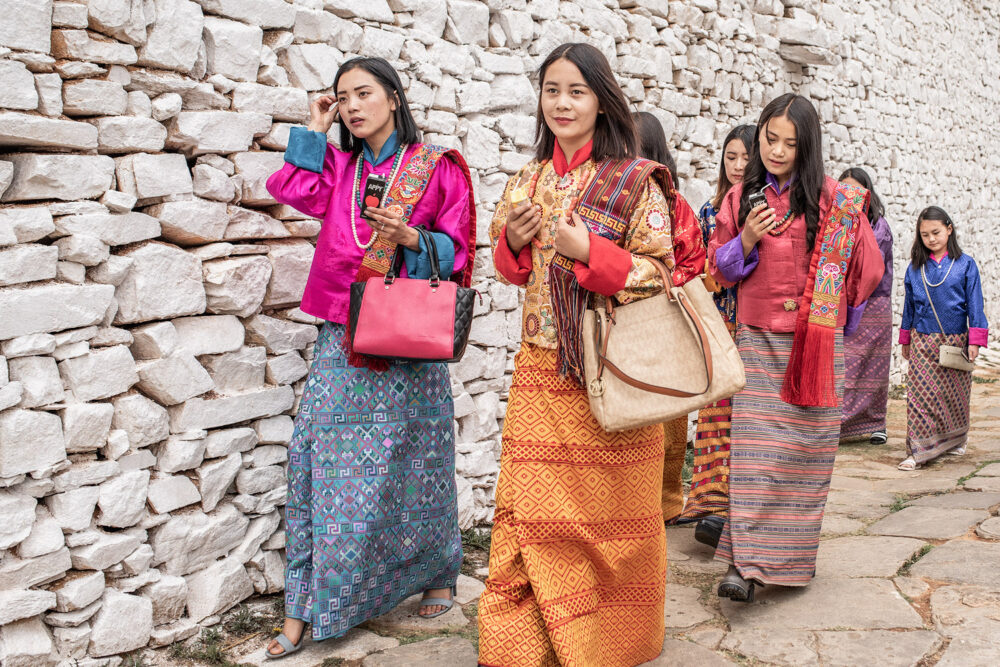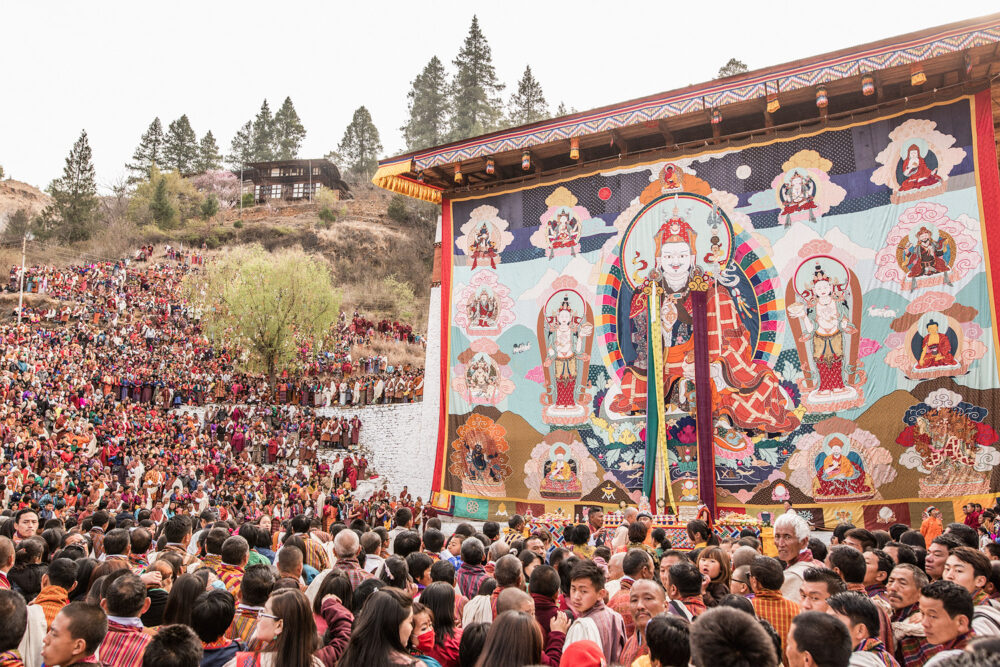It is Spring in Bhutan, and as I walk the streets here, I sense an intense anticipation, like a spark flittering through each person in turn as they prepare for a great festival. This time of year, festivals all over this region really start happening, and Paro Tshechu is one of the major ones, both in popularity and importance to the local people. It centers around the Buddhist religious dances of ages past, in which residents take great care to keep the ancient tradition alive.
The Paro Tshechu festival has the added bonus of the Himalayan peaks as a backdrop; for five days beginning on the 10th day of the 2nd month on the Buddhist calendar, this celebration has been lifting spirits and wowing the crowds since the 17th century. The story of the Bhutanese’s rich culture and history is told over and over again in glorious displays every year, drawing thousands of visitors from both neighboring towns and around the world. All of this is meant to honor Guru Rimpoche, the Precious Teacher and revered saint who brought Buddhism to Bhutan. In fact, the festival corresponds to his birth month.
Monks and layman trained in the art of dance wear various masks and vibrant costumes, meant to draw attention. Their job is to perform a dizzying array of dances – routines that have been performed countless times over the centuries. Their movements seem to be designed to hypnotize. The graceful twist of a dancer, the way their brightly-colored garments flow with the music – truly wonderous fodder for the eye of my camera. A gorgeous sprawling madhouse of delight.
In between the performances, patrons slowly meander the streets and I smell the heady aroma of street vendor food. Just enough so that my senses command me to sample some of the delicious Bhutanese fair without another moments’ hesitation. Groups of locals gather in little pockets here and there, chatting excitedly. Children congregate in their traditional colorful garb, happy to be out of their parent’s watchful eye, if only for a moment. Others stand waiting patiently for their turn to negotiate a fair price with many of the street vendors selling refreshments.
As the days of the festival slowly tick by, I get the innate sense that something is building up. A grand event that all of these dances, delectable food and colors so vibrant, I wonder with trepidation what could possibly get better than this? But, in the meantime, it is a treat to simply walk the streets and browse the shops. The Bhutanese are a simple people, and yet you’d never know this by the pride they take in their surroundings and their work. It seems as though each and every shop front is intricately painted in the most delightful of ways, with colorful patterns making my eyes dance and the imagination takes unexpected turns.
The celebratory rituals of music and dance continue, as each one seems to get more elaborate and entertaining – yes, something is definitely building. And then, early on the last day of the festival – the 15th day of this Buddhist month – well before the first rays of sunlight strike the ground, people begin to gather in throngs around the dzong. Excited chatter slowly grows as more people gather, filling the spaces reaching up the hill. As they chat excitedly amongst themselves, most eyes keep watch towards the front of the building.
Suddenly, a giant sacred silk embroidered banner depicting the 8 Manifestations of Guru Padmasambhava, “one who was born from a Lotus flower,” is unfurled in a grand display inside the dzong for all to see. The cloth is so large it covers the façade of an entire building and is thought to be one of the most sacred blessings in all of Bhutan. It is an impressive example of Buddhist art that never fails to amaze all eyes that see it. Upon its unfurling, as I look around, I see tears of emotion in many spectator’s eyes.
The Thangka, which is known in Bhutan as ‘thongdroel’, is a religious scroll that is only exhibited for a few hours during the early morning light on the festival’s final day. All those who wish to obtain its blessing gather round it. This holy scroll provides liberation – the meaning of thongdroel – to all who come. It is a dramatic end to an incredible five days of unforgettable spectacle, traditional rituals, and infectious music and dance. A celebration like no other.
